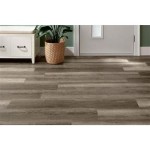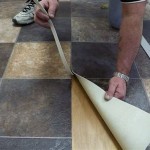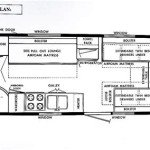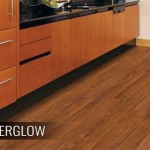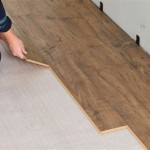Cut Hardwood Flooring: An Essential Guide
Cut hardwood flooring is a timeless and elegant choice for any home. Its natural beauty, durability, and versatility make it a popular option for both traditional and contemporary interiors. However, before you start your hardwood flooring journey, it's important to understand the essential aspects of this flooring type.
Construction and Types
Cut hardwood flooring is made from solid planks of wood, which are milled and cut to specific dimensions. The most common cuts include:
- Plain-Sawn: This cut yields the most planks from a log, resulting in a more pronounced grain pattern.
- Quarter-Sawn: This cut produces narrower planks with a tighter grain pattern, which is more stable and durable.
- Rift-Sawn: A variation of quarter-sawn, this cut highlights the medullary rays, creating a subtle linear pattern.
Species and Colors
Cut hardwood flooring is available in a wide range of species, each with its unique grain, color, and texture. Common species include:
- Oak: Known for its deep, rich grain patterns and warm tones.
- Maple: Features a light, creamy color with a fine, uniform grain.
- Cherry: Adds a touch of warmth and sophistication with its reddish-brown hues.
Finish Options
The finish you choose for your cut hardwood flooring will determine its appearance, durability, and maintenance requirements. Common finish options include:
- Polyurethane: A durable, moisture-resistant finish that is easy to clean and maintain.
- Oil-Based: Penetrates the wood to enhance its natural grain and provide a matte finish.
- Wax: A traditional finish that provides a soft, natural look but requires more frequent maintenance.
Installation and Maintenance
Proper installation and maintenance are crucial to ensure the longevity of your cut hardwood flooring. Installation should be done by a qualified professional, who will prepare the subfloor and ensure proper spacing and alignment of the planks. To maintain your flooring, sweep or vacuum regularly and clean with a pH-neutral cleaner. Avoid excessive moisture and use felt pads under furniture to prevent scratches.
Benefits and Considerations
Cut hardwood flooring offers several benefits, including:
- Durability: Solid hardwood is incredibly durable and can withstand high levels of foot traffic.
- Versatility: Cut hardwood flooring is suitable for a wide range of room styles, from classic to modern.
- Natural beauty: The unique grain patterns and colors of hardwood add warmth and character to any space.
However, it's important to note that cut hardwood flooring can also have some considerations, such as:
- Cost: Hardwood flooring is generally more expensive than other flooring options.
- Moisture sensitivity: Solid wood can be susceptible to moisture damage, so it's not suitable for areas with high humidity.
- Maintenance: While durable, hardwood flooring requires regular cleaning and maintenance to maintain its appearance.
By understanding the essential aspects of cut hardwood flooring, you can make an informed decision about whether this flooring type is the right choice for your home. Its timeless elegance, durability, and natural beauty make it a worthy investment that will enhance the aesthetic and value of your property for years to come.

Cuts Of Hardwood Flooring Finished Pinnacle Floors

3 Diffe Ways To Cut Your Home S Hardwood Floors Svb Wood

Rough Sawn Hardwood Flooring Floorboards

Flooring Saw Cuts Types Differences Superior Hardwoods

Hardwood Flooring Saw Cut Methods Explained

Grades And Cuts Of Hardwood Dalene Flooringdalene Flooring

Cathedral Cut White Oak Muscanell Millworks

Wide Plank Floor Diy Rough Cut To Tongue And Groove 10 Steps With S Instructables
Spotlight Natural Cut Wood Flooring Mockler Taylor Architects Llc

Montana Buckboard Fir Hardwood Flooring Wide Plank Floor
Related Posts



